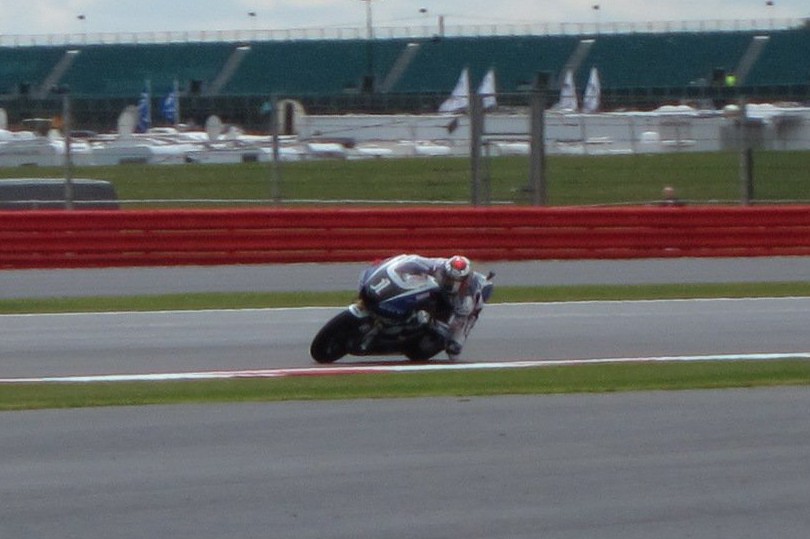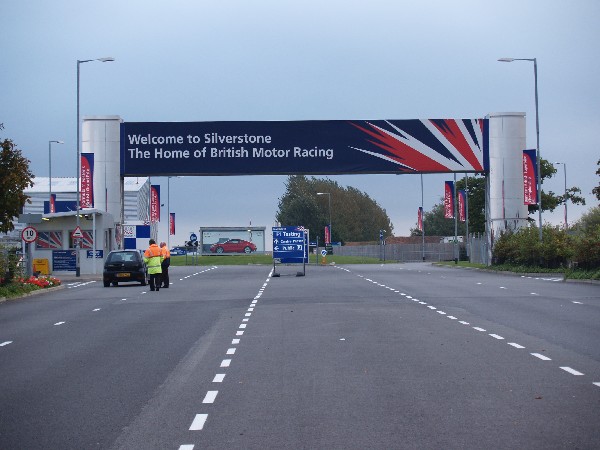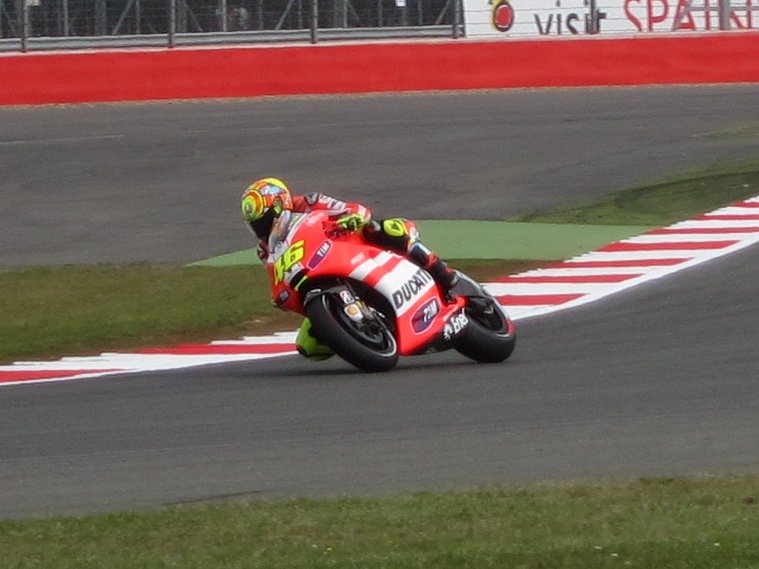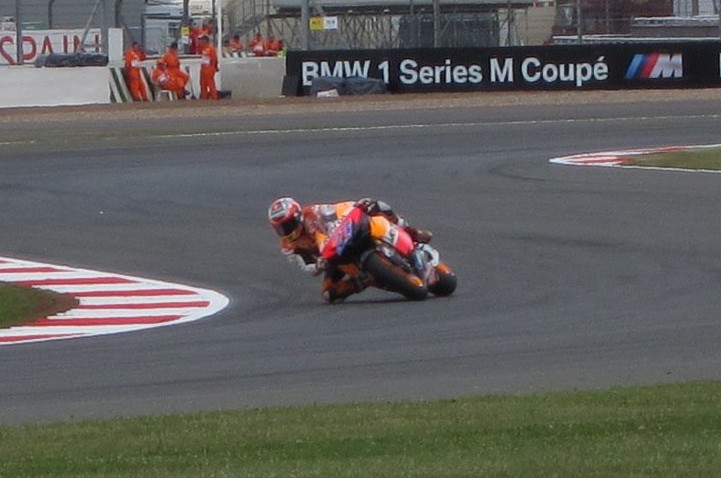The British MotoGP: Fast Bikes, Faster Men
The British MotoGP at Silverstone
Only bullfighting, mountain climbing and auto racing are sports, the rest are merely games.
Barnaby Conrad (1922 – 2013)
A sports fan’s trip to England wouldn’t be complete without a visit to some hallowed grounds, and Silverstone is to motor racing what Wembley is to football or Twickenham to rugby. The very first Formula 1 event took place at the former RAF airfield in 1950, and over the years many four- and two-wheeled racing series have been hosted at the circuit.
Silverstone is still a mighty challenge even after all the changes since its inception. In addition to the long straights and sweeping corners, its open nature exposes racers to all sorts of wind changes, especially through the high-speed sequences. Staying out of trouble requires lightning-quick corrections.
The track is daunting enough to lap quickly on four wheels. Imagine doing the same thing consistently on two wheels like MotoGP riders! That was what I went to the British MotoGP to see.
Getting to Silverstone
The bus from Northampton stops in Silverstone village From there, it’s a leisurely 20 – 30-minute walk to the entrance closest to Luffield corner, where I chose to watch the action for a while. Armed with just a general admission ticket, the elevated grandstands were off-limits to me, but it did not matter. Practice day saw low attendances, and I could get up to the barriers without much jostling.
The track action
The start of the first MotoGP practice run was announced by the deafening roar of bikes down the Wellington Straight towards my spot. Through that wall of noise, one could still make out distinct differences in each engine note. I used them to deduce the next bike on the scene.
To the casual viewer, every racer’s progress through the sequence looks identical: Rider roars down the straight, brakes, then tips the bike left through Brooklands. He flicks it over, hugging the inside of the corner until he gently cranks the throttle open for the run on to the next straight.
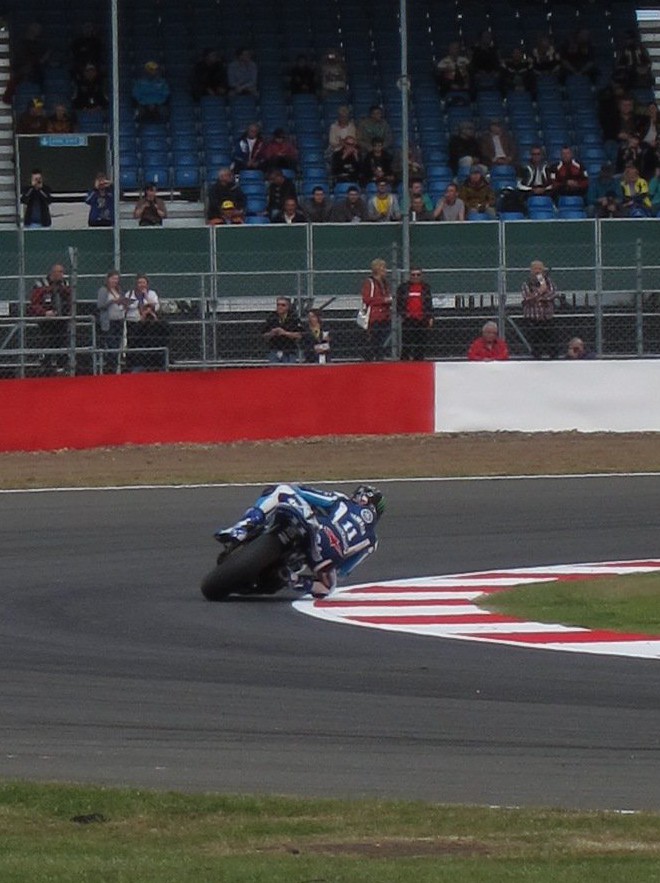
Standing in that single spot affords a point of view that television rarely provides. There were indeed small differences in cornering lines: a wider entry here, meeting the apex a little later there, using the rear wheel to steer around the bend. Every bit that slashes the lap time helps. Every rider used his body differently to get the 240-horsepower steed between his legs to do his bidding.
Nowhere was this more apparent than at the Arena sequence of corners. It was built to bypass the risky dip under The Bridge and the sweeping Priory section. The latter remains intact even today, four years on. At the end of the first practice session, I walked to a new viewing spot via this historic piece of tarmac.

The run down the home straight ends in a medium-speed right turn over a little brown at Abbey, followed by a sweeping left through Farm, where I stood. Here, the men were carrying as much speed as they could towards the tight Aintree loop. From the inside of the corner, one could see how much effort and risk was involved.
Knees scraped the ground, sometimes followed by elbows too. Riders leant over at seemingly impossible angles, looking like they would tip over any moment. The laws of physics they were trying to beat kept them on the bike. One could infer visually which bikes inspired the most confidence. The riders who had it tread the limit of adhesion fearlessly.
All this for a few hundredths that, come race day, could make a difference between the win and second place.
